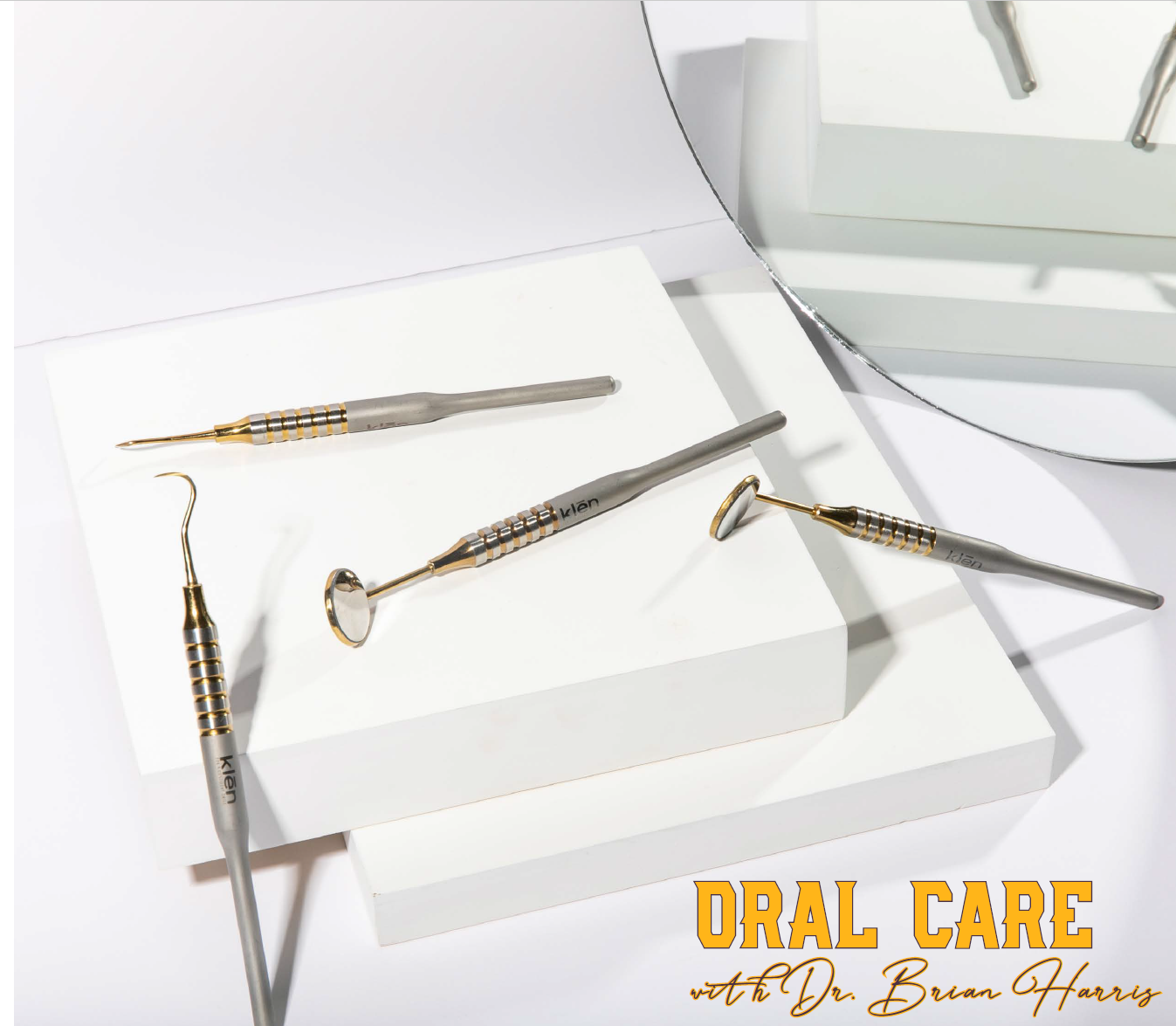Toenail fungus, also known as onychomycosis, is a very common nail problem affecting at least 10 percent of the western population. Not less than 20 percent of older adults, age 60 and above, are affected by toenail fungus. Nail fungus affects both fingernails and toenails but is far more to toenails.
Toenail fungus begins rather subtly – a yellow or white spot will appear beneath the tip of the nail. This spot is often not given any importance because it does appear harmless. Unfortunately, it could quickly develop to alter the structure and color of nails.
Symptoms of toenail fungus
Though toenail fungus usually starts without giving much away, it quickly develops to give the following symptoms:
● Nail thickening
● Nail discoloration
● Brittle nails
● Crumbly nails
● Foul odor
● Distorted shape
How Contagious is Toenail Fungus?
Toenail fungus must be treated promptly as well as carefully because it spreads quite easily and quickly. It could jump from nail to nail and even the surrounding skin if left untreated. When it gets on the skin of the feet and the areas between toes, we have a condition called athlete’s foot. Besides the spread of toenail fungus from nail to nail, it can also spread easily from person to person when given the perfect opportunity.
Factors contributing to the spread of toenail fungus
● Poor foot hygiene: one of the fundamental risk factors of toenail fungus is poor foot hygiene. Far too many people fail to pay adequate attention to the care of their feet, mostly because they do not see it as so important. The foot must be kept clean and as dry as possible otherwise nail fungus will thrive hence jumping from nail to nail as well as person to person.
● Wearing old shoes: old shoes are great breeding grounds for nail fungus hence wearing them could expose you to nail fungus which will then quickly spread. To avoid this, dispose of old shoes or disinfect them adequately.
● Sharing manicure tools: this is a very common cause of nail fungus spread. When someone with nail fungus uses tools for his/her nails, the debris from the nail can hang anywhere on the tool. When the same tools are used by someone without the infection, he or she is at a high risk of being infected. Also, infection on a nail can get to other nails via tools hence the need to disinfect tools after each use.
● Walking barefoot in public spaces: public spaces such as a locker room or community swimming pool are high-risk places where diverse infections including nail fungus can easily spread. When you walk barefoot in these places, the fungus can easily get beneath your toenails or in-between your toes hence causing toenail fungus.
Importance of treating toenail fungus fast
With this high rate of infection and spread, it is therefore important to treat toenail fungus as soon as symptoms are noticed. The reasons for prompt treatment of toenail fungus include the following:
● To avoid spread: if nail fungus is not treated promptly, it could easily infect other nails. It could easily move from toenails to fingernails as well as surrounding skin.
● Easier treatment: when toenail fungus is detected early and treatment starts immediately, it is easier to treat. In this case, treatment options such as home remedies and over-the-counter products are more effective. When toenail fungus reaches an advanced stage, the use of medication may become inevitable.
● To avoid reoccurrence: after taking a few months to treat, toenail fungus has a very high rate of recurrence. To reduce this risk, it is not just important to combine effective treatment options with proper foot hygiene, the treatment has to be fast.
● To avoid deeper health issues: if left untreated, toenail fungus can cause a range of other problems including skin problems as well as invasive fungal infection where it may affect internal organs. Also, nail fungus could be an indication of underlying health issues such as diabetes and cancer hence prompt treatment could make all the difference in the handling of the underlying health issue.
Treatment of toenail fungus
Despite the challenges faced in the treatment of toenail fungus, there are effective treatment options including home remedies, over-the-counter products, and medications
Medications are the most effective and fastest treatment options but are unfortunately with side effects including damage to internal organs. Therefore, before using medication for nail fungus, contact a doctor, and get tested.
Over-the-counter products are mostly topical treatment options. They are formulated with active antifungal ingredients approved by the FDA for fungal infection treatment.
Home remedies are easy yet effective treatment options. Common household items such as ginger, garlic, coconut oil, baking soda, hydrogen peroxide, etc. are all effective in the treatment of toenail fungus. Other home remedies include tea tree oil, oregano oil, olive leaf extract, snakeroot extract, and apple cider vinegar.
Toenail fungus is a very common nail problem with far-reaching consequences if left untreated. It spreads easily, either directly or indirectly, from nail to nail or to the surrounding skin. It can also jump from person to person. Therefore, it is important to treat nail fungus fast.













